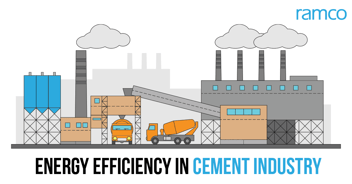The different stages in which implementation of ERP is carried out in any organization is termed as an ERP Implementation life cycle. Generally, the steps involved are as follows.
- Pre-evaluation of available packages
- Evaluation of chosen package
- Requirement analysis
- Project planning
- Business process re-engineering
- Training the staff & management
- Testing& Analysis
Let's look at each stage in brief.
- During the pre-evaluation phase, ERP vendors available in the market are screened based on business requirements. ERP packages that don’t suit the business requirements are eliminated.
- During the package evaluation phase, selected package is evaluated against requirements across departments.
- A detailed requirement analysis is done, involving different managers from across the departments. Requirement analysis helps list down all the functionalities required to ensure efficient processes across the organization.
- Based on the analysis of requirements and functionalities, a detailed project plan is laid out. This involves senior management team and ERP experts. Designs are finalized; key resources to be involved in the project are identified in various departments; special arrangement is also made to tackle contingencies.
- Once the planning is done, business process re-engineering takes place. Implementing ERP will impact the job responsibilities of lot of employees. So, new roles and responsibilities are to be assigned to employees. Processes are to be re-structured and integrated with ERP tools.
- Post implementation and integration, staff and managers are to be trained properly so that they get good practice. Consultants will help employees to get hands on experience of the ERP tools.
- At last, the tools that are implemented are tested rigorously. Issues arising during the testing phase are fixed and required changes are made.
Thus ERP Implementation process can be explained.
